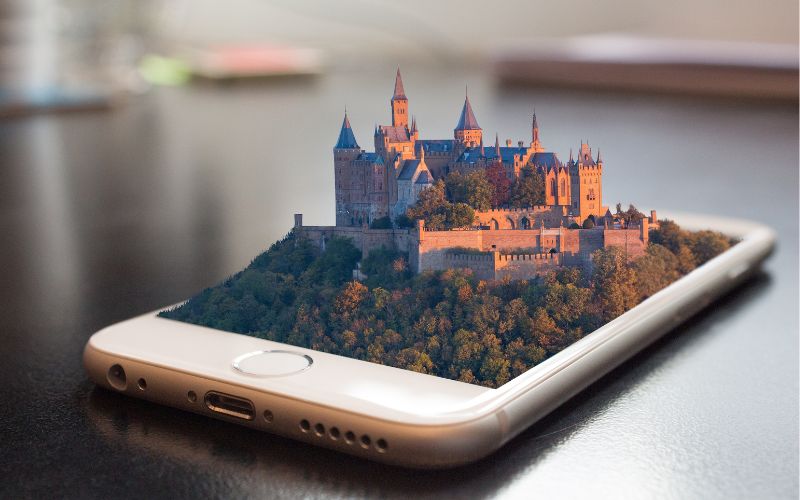Have you ever marveled at those breathtaking 3D animations that bring architectural marvels, interior designs, and real estate projects to life? If you’ve ever wondered what it takes to dive into the world of 3D animations in architecture, design, and real estate, you’re in for a treat. In this laid-back yet informative article, we’re going to explore the essential skills required to excel in the realm of 3D animations. So, sit back, relax, and enjoy.

The Artistic Touch
Creative Flair
To kick things off, let’s talk about the importance of creative flair in the world of 3D animations. Whether you’re animating a futuristic skyscraper, a cozy living room, or a sprawling real estate development, a keen sense of aesthetics is your secret weapon.
- Why Creative Flair Matters: At its core, 3D animation is a form of visual storytelling. It’s about bringing ideas to life and creating experiences that resonate with viewers. Having a creative touch means you can infuse your animations with unique style and flair, making them visually captivating and emotionally engaging.
Attention to Detail
Have you ever heard the saying, “The devil’s in the details”? Well, in 3D animation, those details are absolutely crucial. This skill involves paying meticulous attention to the finer aspects of your animations, ensuring that every element looks and feels just right.
- Why Attention to Detail Matters: In the world of architectural, design, and real estate animations, realism is often the goal. Paying close attention to details like the texture of a brick wall, the way light filters through a window, or the subtle movement of foliage can make the difference between a good animation and an outstanding one. It’s all about creating immersive experiences where every element feels authentic.
Technical Wizardry
Mastery of Software
Now, let’s get down to the nitty-gritty of the technical skills you’ll need. In the world of 3D animations, software is your playground. You’ll need to become proficient in using 3D modeling and animation software like Blender, Maya, or 3ds Max.
- Why Mastery of Software Matters: These software tools are where the magic happens. They allow you to sculpt, shape, and animate your digital creations. While they might seem complex at first, once you get the hang of them, you’ll have the power to turn your creative visions into reality.
Understanding of Modeling
Modeling is a fundamental skill in 3D animation. It’s like sculpting in the digital realm. You’ll need to understand how to create 3D objects and characters, starting from a blank canvas and turning it into a fully realized 3D masterpiece.
- Why Modeling Matters: Modeling is the foundation upon which your animations are built. Whether you’re crafting the architectural elements of a building, designing interior spaces, or creating characters, modeling is where it all begins. It’s the skill that allows you to shape your ideas into tangible 3D forms.
Animation Fundamentals
Now, let’s talk about animation fundamentals. Animating objects and characters requires a solid grasp of animation principles, including timing, spacing, and movement.
- Why Animation Fundamentals Matter: Animation isn’t just about making things move; it’s about making them move convincingly and expressively. Whether you’re animating a character’s walk cycle or the opening of a building’s grand entrance, understanding animation fundamentals is key to creating animations that feel natural and engaging.
Also Read: How to Automatically Translate Videos Online
Lighting and Rendering
Play with Light
Lighting is a crucial element in 3D animations. It’s what gives life to your scenes, sets the mood, and enhances realism. To excel in 3D animations, you’ll need to learn how to manipulate light sources, shadows, and reflections to create realistic environments.
- Why Playing with Light Matters: Imagine an architectural animation where sunlight filters through the windows, casting soft, inviting shadows across a room. Or picture a real estate animation where the golden hour bathes a property in warm, inviting light. These lighting effects don’t just look good; they evoke emotions and make your animations come alive.
Rendering Techniques
Rendering is the process of turning your 3D models into stunning visuals. It’s what transforms your wireframes and models into the lifelike images you see in finished animations. Understanding rendering techniques, including concepts like ray tracing and global illumination, can make your animations truly shine.
- Why Rendering Techniques Matter: Rendering is the final step in the 3D animation pipeline. It’s where your hard work pays off, and your creations are transformed into cinematic experiences. The right rendering techniques can make the difference between a good animation and one that leaves a lasting impression.
Storytelling
Narrative Skills
In the world of 3D animations for architecture, design, and real estate, your animations often tell a story. Whether it’s showcasing the transformation of a space, the functionality of a product, or the lifestyle offered by a real estate development, narrative skills are essential.
- Why Narrative Skills Matter: Storytelling is what takes your animations beyond the realm of visuals and elevates them into powerful communication tools. It’s about crafting narratives that engage viewers, convey a message, and leave a lasting impact. Whether you’re narrating the journey of a building’s construction or the evolution of a design concept, storytelling is your key to connecting with your audience.
Team Player
Last but not least, being a team player is a crucial skill in the world of 3D animations. Many animation projects in architecture, design, and real estate involve collaboration with architects, designers, clients, and other stakeholders